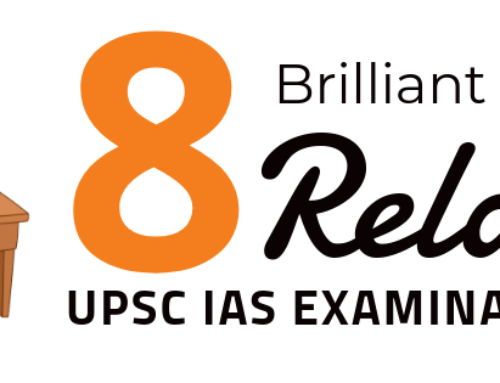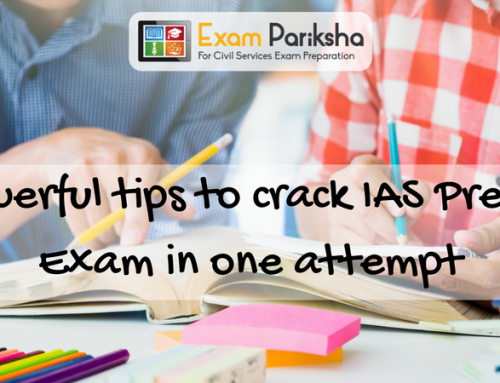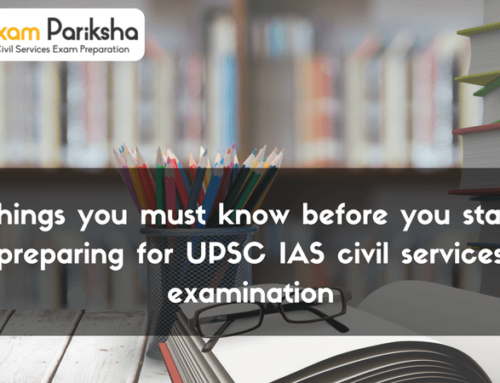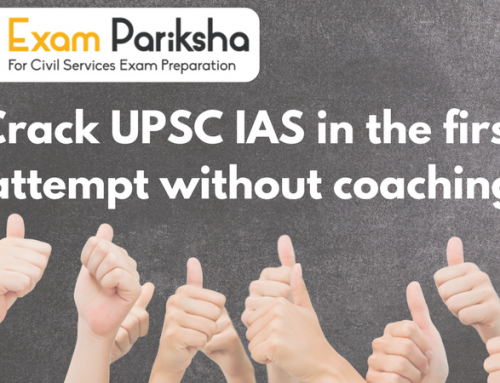If you get UPSC Civil Services preliminary examination question paper right now, how would you start? What would be your approach to solve the UPSC IAS Question Paper?
Would you begin from Question number one and pass on till the 100th question or do you follow the other approach?
How many questions would you usually attempt considering the 1/3rd negative marking involved?
You should be aware that all these factors are important, as a right approach can boost your marks, whereas a wrong or inefficient approach will cause you lose valuable marks (also a year!).
ExamPariksha has done tons of research and sensible workshops on a way to help aspirants and to improve their potential prelims marks in UPSC CSE.
Suppose you’re getting around 100 marks out of 200 in the model exams for Prelims, you can increase it to 130+ level, by following some techniques and methods that are very helpful in any MCQ primarily based examination. Active application of well-founded technique is bound to give your score a boost.
In this article, we’ll tell you one such method to enable you to increase your efficiency in solving UPSC Question Paper.
Using 3-2-1-0 Elimination method to approach UPSC IAS Prelims
One of the foremost necessary approaches, which we’ll elaborate during this article is the 3-2-1-0 Elimination Technique. This technique can also be known as the 100-50-33-25 % method of solving MCQs.
The main idea is to solve the UPSC Pre question paper in four stages – backed by the number of answer choices you’re able to eliminate. Don’t just begin finding questions at a stretch from 1 to 100 for which you know answers, however rather use multiple rounds to eliminate the wrong ones.
The stages in 3-2-1-0 Elimination technique are known as – Three Elimination, Two Elimination round, One Elimination and finally Zero Elimination. Hence, 3 2 1 0 Technique.
Three Elimination (Round 1) = 100% Sure Questions
- In round 1, solve only those questions which you are 100% sure that they’ll be correct.
- If you are able to reject 3 options out of 4, you are left with only one single option, which is obviously correct.
- So in this step, go for only questions in which you have rejected 3 options.
- With decent preparation, you should be able to attempt minimum 35 questions with 100% surety.
- Against each such ‘Three Elimination’ group questions on the paper, mark ‘3E’ to keep clarity for later iterations. This will also ensure you don’t miss marking these in the OMR later.
Two Elimination (Round 2) = 50% Sure Questions
- In second iteration, solve questions which are 50% sure.
- Go for only for those questions in which you’ve rejected 2 options.
- The chance of getting a question correct is still high, because these questions have high probability of being correct, it is suggested to take a risk and attempt that question. Go for it, with skillfull approach. Your stray readings may serve you well here to reach a correct answer.
- Against each ‘2E’ group questions on the paper, mark ‘2E’ appropriately.
One Elimination (Round 3) = 33% Sure Questions
- In round 3, solve questions which are 33% sure (33% probability of getting right). So in the third iteration, go for only questions in which you have rejected 1 option.
- Against each ‘1E’ group questions on the paper, give an impression ‘1E’.
Zero Elimination (Round 4) = 25% Sure Questions i.e., Questions which you have no idea.
- In the fourth iteration, solve questions for which you have not rejected wrong option out of 4, you are left with 4 options, out of which 1 would be the correct answer.
- No matter how well versed you are with the syllabus and preparation, there may beapproximately 10-12 questions which will be difficult to answer. Sometimes UPSC throws such bouncers which are actually meant to be left untouched.
- Take a hard look at such questions and attempt only if your gut won’t let you leave the questions.
- Against each ‘0E’ group questions on the paper, mark ‘0E’ to avoid confusion while marking in the OMR.
Practice this approach by preparing a Chart like this for all mock exams!
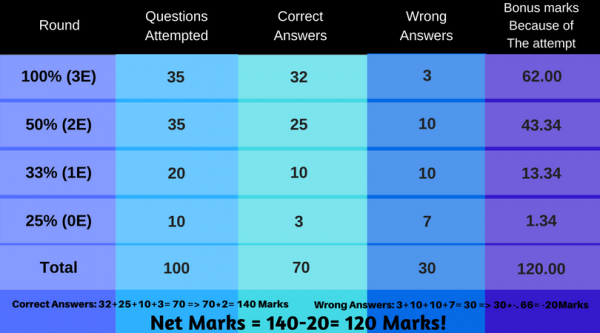
Before adopting this approach in the actual UPSC examination, you ought to check and master this technique in the Mock tests in ExamPariksha Prelims Test Series. Then only, you’ll be able to execute this method perfectly for the actual exam. After following this approach, soon after each mock examination, prepare a chart like the one above.
Trying out different approaches for the D-day is part of the preparation process. You must give such techniques a chance in mock tests to ascertain how they work out for you. Remember, knowing your syllabus and basic books is the mandatory requirement for clearing the UPSC Prelims. If you are looking for confidence-building measures above your core reading, then consider this paper solving technique.


